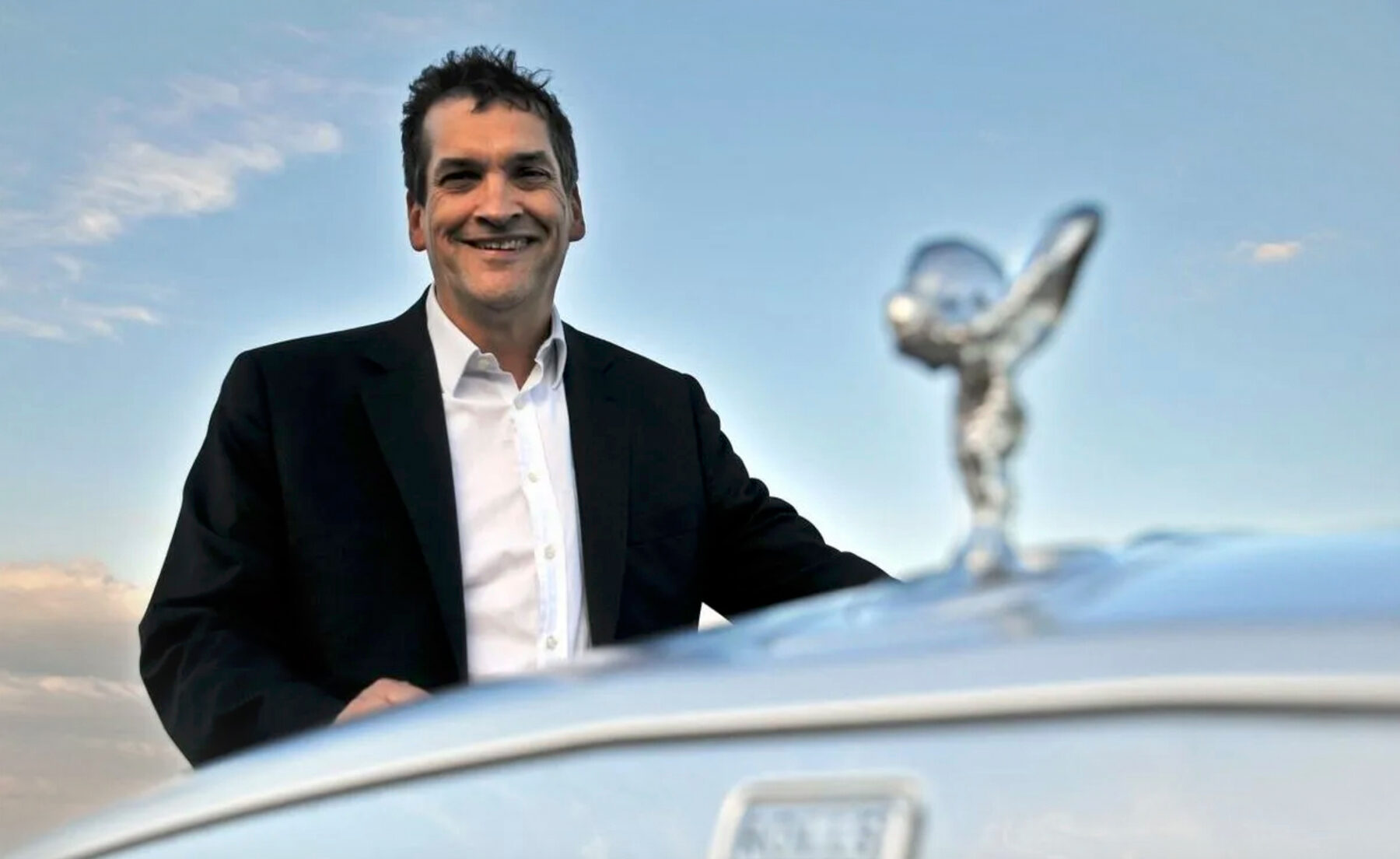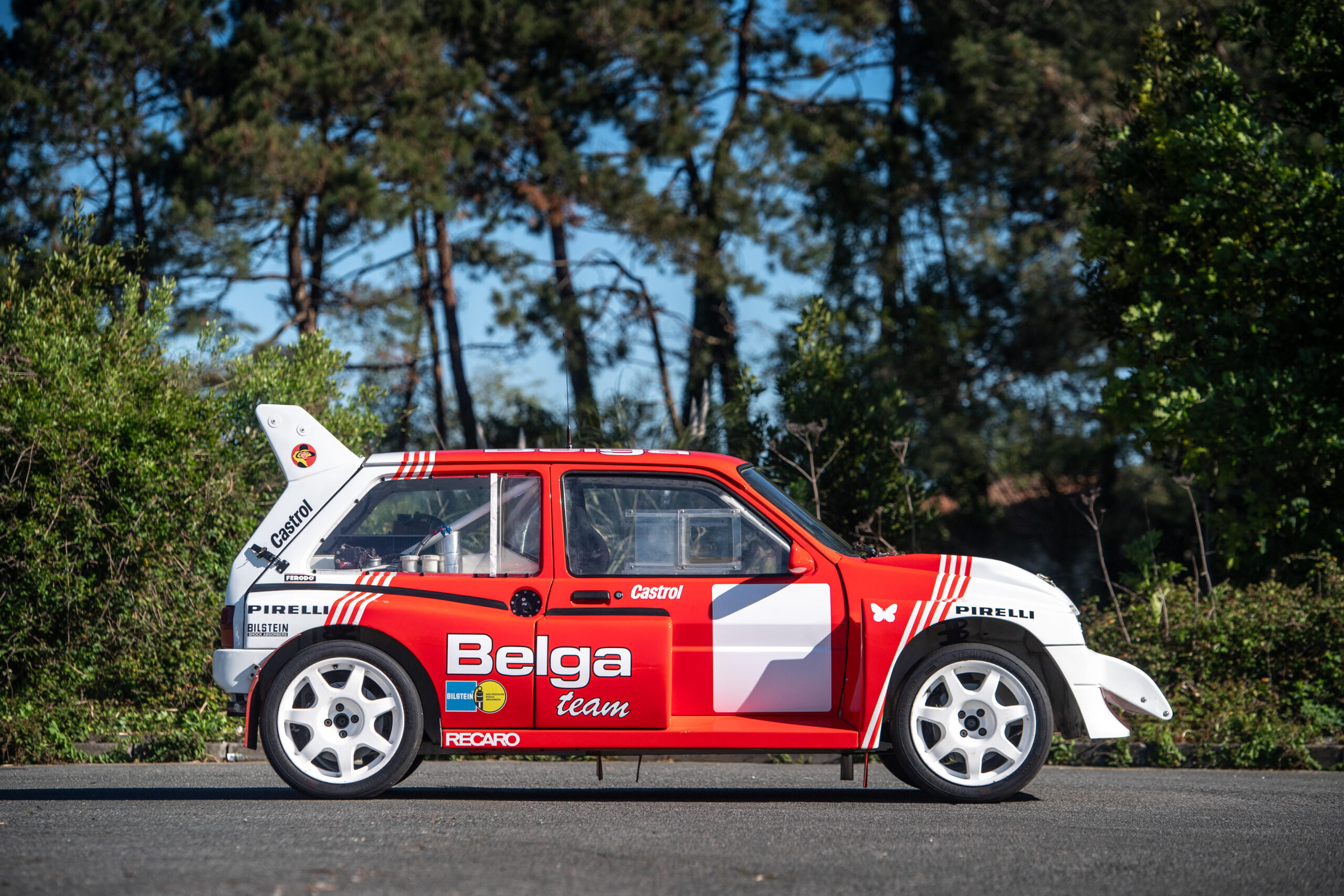To various degrees, I’ve been tinkering with classic cars for nearly 30 years. Some have been subjected to full heart-and-soul restorations and others just the odd patch-weld and brake pad fix to get them through an MOT and driving again. As you may know if you read our monthly Shift Happens column, I’m now involved in the process of bringing my Porsche 912 back on the road, somewhere it hasn’t been in a long while.
A few weeks ago, it struck me that my approach to restoring cars has changed dramatically over the years. In the early days, my ‘classic’ (a 1971 Alfa Kammtail Spider) was also my daily driver. In those days it just needed to work; at one point I holed a piston thanks to the wrong spark plugs and a pair of badly set-up carbs. I had an entire spare Spider on my dad’s drive which I had bought for £50, which had an OK engine in it. I had no money and so, full of the optimism of youth, decided to pull both heads, clean the water jacket, then drop an entire piston and liner from the donor engine into mine. Somehow it worked, and then kept working for years.

Later, with a bit more money in the bank and a little more time, I restored various other cars. Looking back, the effort I put into these rebuilds was astounding, trying to make the cars as good as they could possibly be.
Then came the turning point. I was offered another Alfa, this time a 2600, that had been laid up with just 4,500 miles from new on the clock. After cleaning, the interior and bonnet areas were immaculate but the chrome had rusted and the paint blown in parts. I bought the car, had all the chrome re-plated, and had a bare metal respray carried out (not one spot of welding was needed). Ironically, the faultless car I created is one of my biggest regrets in my history of classic car ownership. I’d fallen into the trap that many do, of over-restoring. In the space of a few weeks, I managed to remove pretty much all of the patina from the exterior of a car. I’d stripped it of its history.
I have an older friend who restores Jaguars, and who started his career with the marque as an apprentice at Coombs back in the 1960s. He’s scathing of the trend of ten-layer mirror-like paintwork, perfect panel gaps and brand-new leather interiors. “They weren’t like that when they left Browns Lane,” he says, and he is right.
A couple of years ago, I was fortunate enough to be granted access to Corrado Lopresto’s collection in Milan. When you see his cars, his nickname makes absolute sense. Lopresto is known in Italy as Il Narratore (The Storyteller), not just because of the way he eloquently paints a verbal picture every time he reaches a concours lawn, but also because each of his cars has their own vibrant story. Parts are repaired, yes, but the patina – the story – is never lost. The ultimate expression of this care of ownership is a car like Lopresto’s Alfa Romeo 1900 SS Zagato. This exquisite car was one of only six not to feature the ‘double bubble’ roof and lived in a junk-filled garage in Rome for 40 years before the owner decided to let it go to Lopresto, who collected the car himself, “So I could stop at any point on the trip home and look at it.” The car was meticulously cleaned, but not restored. The result is possibly the most beautiful car I’ve ever seen: layers of paint expose the whims of different owners, dents are worn like garlands celebrating the car’s competition history, and the faded indicator lenses tell a story of many Italian summers. Even the mechanical components were left relatively untouched: new oil, new fuel, and the engine was fired up. The result is one of the most beautiful and emotionally moving cars I have seen; even stationary in a garage, it still lives.
I sometimes see slightly advertisements where dealers describe ‘custodians’ of cars rather than ‘owners’. Although, instinctively, I find this slightly pompous, they have a point. We look after historic vehicles not just for our own pleasure, but also for future generations. While adapting them for our own use is essential (it is part of their story) I believe we should think twice before needlessly repainting or replating.
My Porsche? I’m trying to follow my own advice. The bodywork was in a terrible state and the front bumper replaced in the 1980s with a fibreglass ‘upgrade’. I’ve returned this to original, and had the car repainted in the light ivory it left the factory with. Rubber seals and similar have also been replaced with new, but in general I have tried to clean and repair rather than replace. Purists may argue that I should have deleted the large vinyl Golde sunroof while I had the chance, but it was a period dealer fit and I like it. Will the result be an odd mix? Maybe, but I’m rebuilding the car for me to drive and enjoy, not to sell, and it is all part of the car’s story.
What’s your opinion: restore as best you can or try to keep originality? Tell us in the comments below.










I am fortunate to own a rare 1928 Studebaker which has never, ever had restoration work on its body, interior or engine. The paint is flaking off in parts and over the years has rubbed off where the driver and passengers have had their arms resting on the doors when the windows had been wound down! It is only original once! The car is 90 this year and long may it remain this way. Do not restore unless absolutely necessary! It will lose its aura! If that’s the word for it!
I think all this depends upon the car and its circumstances. I’ve spent longer than I care to think about restoring an Alpine Renault A110. There were so many parts missing that much detective work was undertaken sourcing spares in the early days. The car had been circuit raced and had nine different colours piled on top of each other. The original colour was at the bottom and the rest came off in ‘sheets’ it was that thick. Its now back to its original colour. Over the course of the restoration decisions were taken to make improvements in certain areas, e.g. after spending many, many months trying to get the original cable operated clutch to function correctly, its been converted to a hydraulic clutch (rear engined car – makes sense), so much so that the clutch now feels wonderful and even my wife can drive it without resulting in an aching left leg. Funny how the later cars came from the factory in this way so there must have been a lesson learned there somewhere. If the boys and girls in the factory who built these cars, and probably many others, had had access to some of the modern ‘improvements’ available today, they would have used them. My final improvement is the distributor which has been sent on its holidays to Holland to have the 123 ignition treatment. For me its about being able to drive a car that works.
27 years ago I found a Jowett Jupiter in an apple orchard barn adjacent to Prescott hill climb. It had stood for 12 years and had been subject to a ‘makeover’ in the 70’s. It’s one of only about 250 left in the world out of a production run of about a 1000. Badly rebuilt and a very rare car – – what do you do? I decided on a full rebuild, back to as original factory spec as I could, but with my own likes incorporated. Just like the Alpine it took years to source the parts. I repainted it my favourite British Racing Green colour (don’t tell anyone but it’s a Jag colour!) Jowett BRG was not to my taste. The only parts left totally untouched were the door handles. So they are in effect the only original parts left. The Jowett Car Club saw fit to give it two Best Jupiter awards in their international shows in the 1990’s, but I don’t show it now. So it now looks ‘original’ and after over 20 years use it looks patinated as well, adding to the effect. But a restored car can never be truly original – read The late Sir Alan Clark’s ‘Backfire’. So what does it matter that you incorporate your own choice of colour, interior etc? I believe I am only the custodian and the rebuild has given me 27 years of pleasure. Hopefully the rebuild will provide its next owner with the pleasure it’s given me. It’s surely a matter of keeping these cars alive and running well that is important. The benefit has been another rare rescued car, which is generally reliable and a pleasure to drive, makes people smile and has gained me many friends.
Nigh on forty years ago I had a beautiful Bristol 405. I re-furbished it but left the bodywork until I could afford a respray. One day, my favourite cat (Cagney) slid down the back from the roof, leaving a line of light clawmarks. The following week, he was hit by a car and died. I never repainted the car – those scratches were a part of the car’s history, and a touching reminder of a lost pet. I’m with Lopresto here.
Nigh on forty years ago I had a beautiful Bristol 405. I re-furbished it but left the bodywork until I could afford a respray. One day, my favourite cat (Cagney) slid down the back from the roof, leaving a line of light clawmarks. The following week, he was hit by a car and died. I never repainted the car – those scratches were a part of the car’s history, and a touching reminder of a lost pet. I’m with Lopresto here.